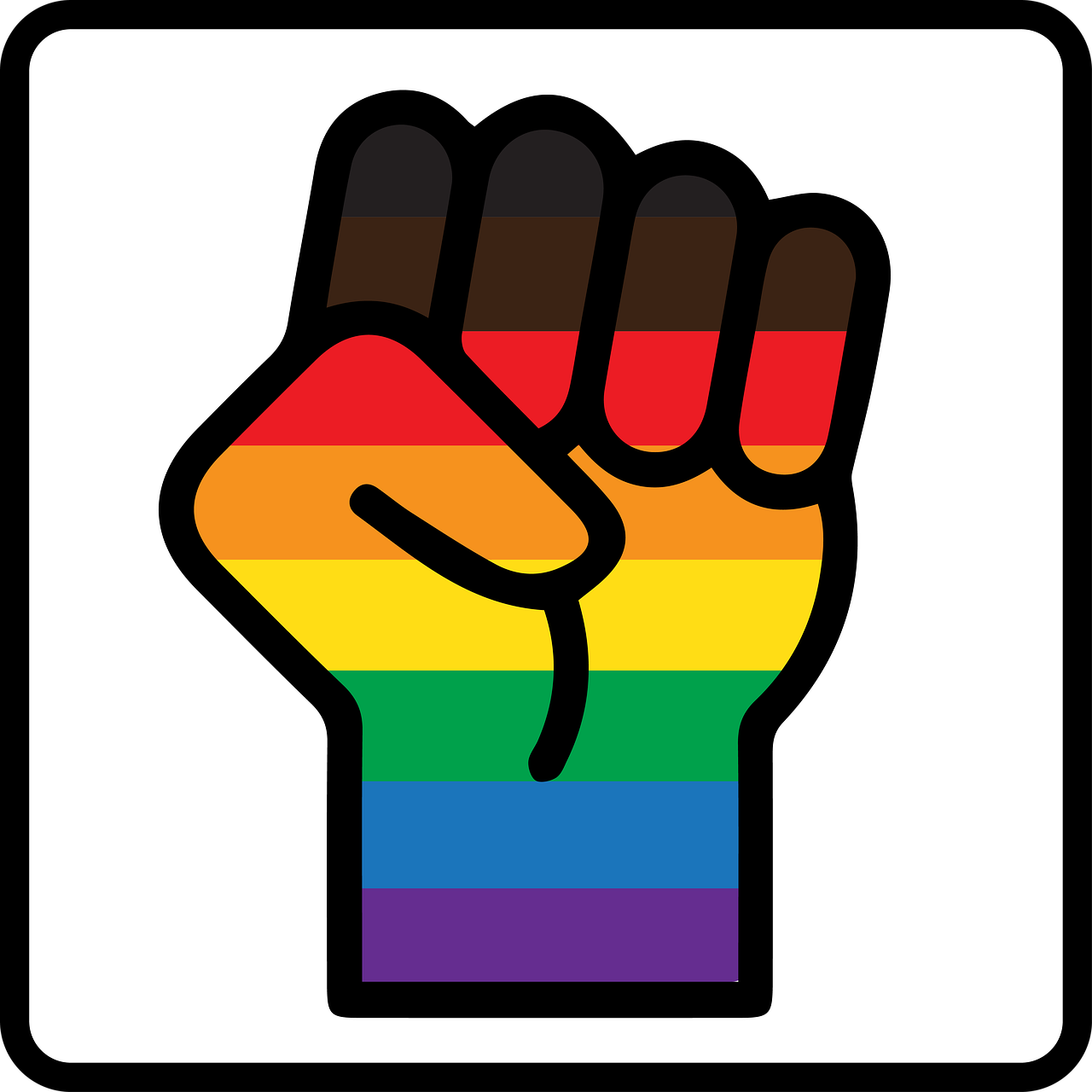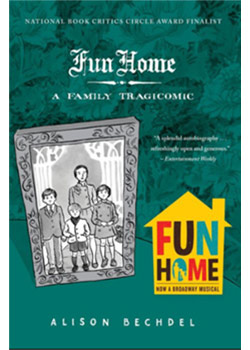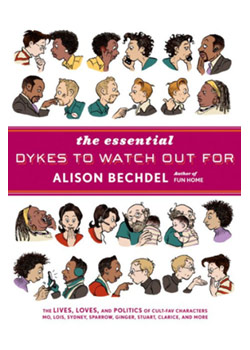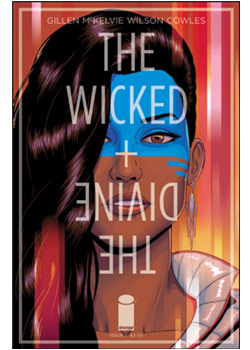Lesbian Representation in Comics
Lesbian comics, or comics featuring lesbian characters, are an important form of representation in today’s society. They provide a space for lesbians to see themselves reflected in popular media, which can be a powerful tool for both self-acceptance and community building. In this post, we’ll explore why lesbian comics are important, the impact they can have, and some examples of notable works in this genre.
Representation Matters
Representation in media is important for a number of reasons. First, it can help people feel seen and validated. When you see someone like you in a comic, TV show, or movie, it can make you feel less alone and more understood. This is especially true for marginalized groups like lesbians, who have historically been underrepresented in mainstream media. Seeing characters who share your experiences and struggles can be a powerful affirmation that you are not alone.
Second, representation can help reduce stigma and increase understanding. When people are exposed to characters who are different from them, it can challenge their assumptions and prejudices. In the case of lesbian comics, seeing positive portrayals of lesbian characters can help reduce homophobia and promote acceptance. When people see that lesbians are just like everyone else, with hopes, dreams, and challenges, it can help break down stereotypes and promote understanding.
Finally, representation can help build community. This can be especially important for people who live in areas where there are few or no other openly lesbian people. When people see themselves represented in media, it can help them feel like part of a larger group. This can be especially important for marginalized groups like lesbians, who may struggle to find community in their day-to-day lives. Seeing characters like themselves can be a powerful way to connect with others who share their experiences

Impact of Lesbian Comics
Here are a few specific ways that lesbian comics can make a difference:
Encouraging self-acceptance: For lesbians who are struggling with their identity, seeing positive portrayals of lesbian characters can be a powerful affirmation that they are not alone. It can help them feel more comfortable with themselves and encourage self-acceptance.
Promoting visibility: When people are exposed to positive portrayals of lesbian characters, it can help reduce stigma and promote acceptance. This can be especially important for people who may not have much exposure to LGBTQ+ people in their day-to-day lives.
Notable Examples of Lesbian Novels and Comics
“Fun Home” by Alison Bechdel: This autobiographical graphic novel explores Bechdel’s relationship with her father, who was a closeted gay man, and her own coming out as a lesbian. It was adapted into a successful musical in 2015.
“Dykes to Watch Out For” by Alison Bechdel: This comic strip, which ran from 1983 to 2008, followed a group of lesbian and queer friends in their day-to-day lives. It was widely popular and helped establish Bechdel as an important voice in LGBTQ+ media.
“The Wicked + The Divine” by Kieron Gillen and Jamie McKelvie: This comic series features a diverse cast of characters, including several LGBTQ+ characters. The portrayal of these characters has been widely praised for its positive representation and realistic depictions of LGBTQ+ experiences.
“MERAKI” by M.K. Palmer: This comic books series features a diverse cast of characters, including several lesbian characters and is a fan favorite.




Lesbian comics have the potential to make a real impact in the lives of their readers. They can provide a sense of validation, reduce stigma, and build community.

Leave A Comment
You must be logged in to post a comment.